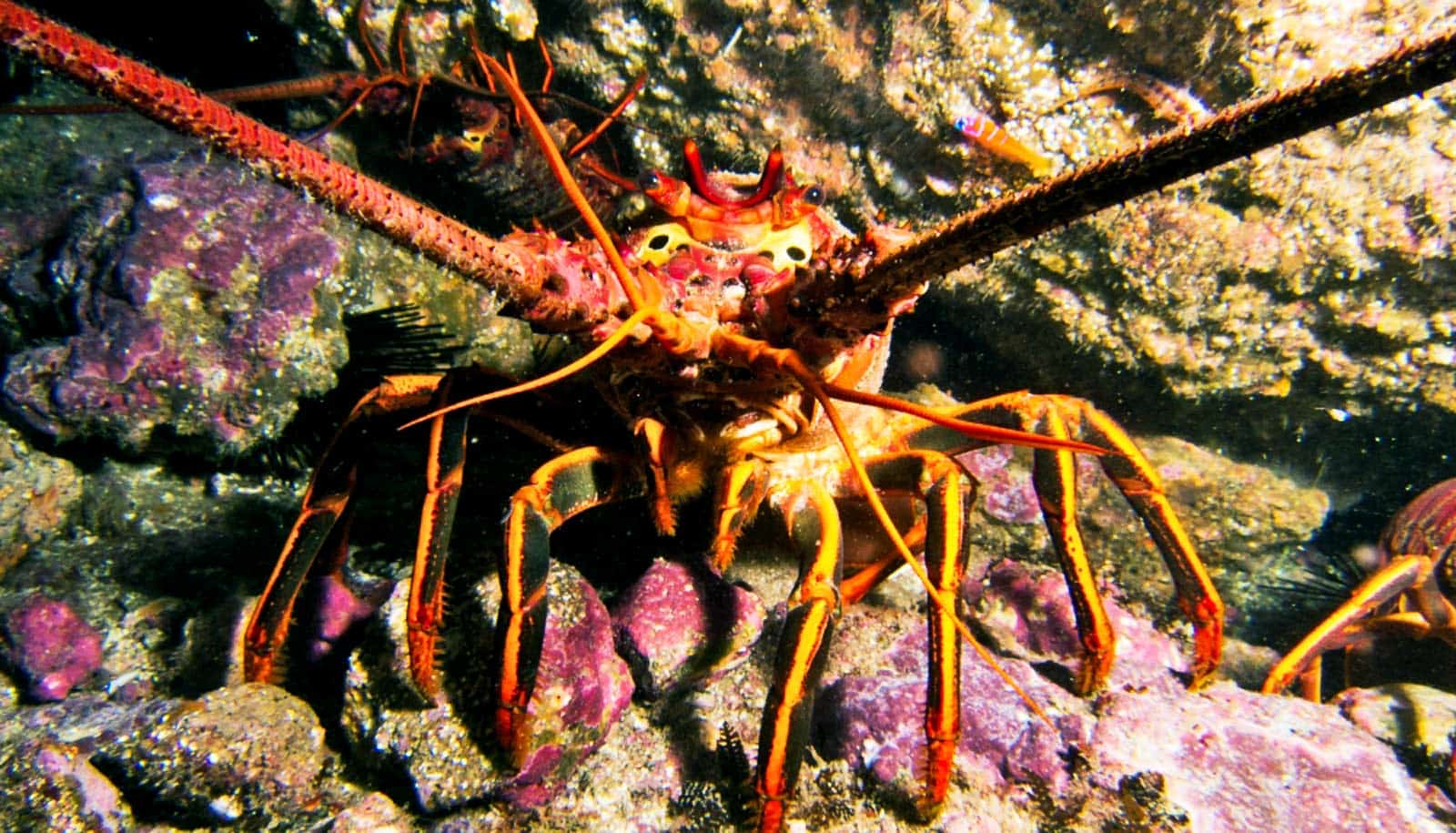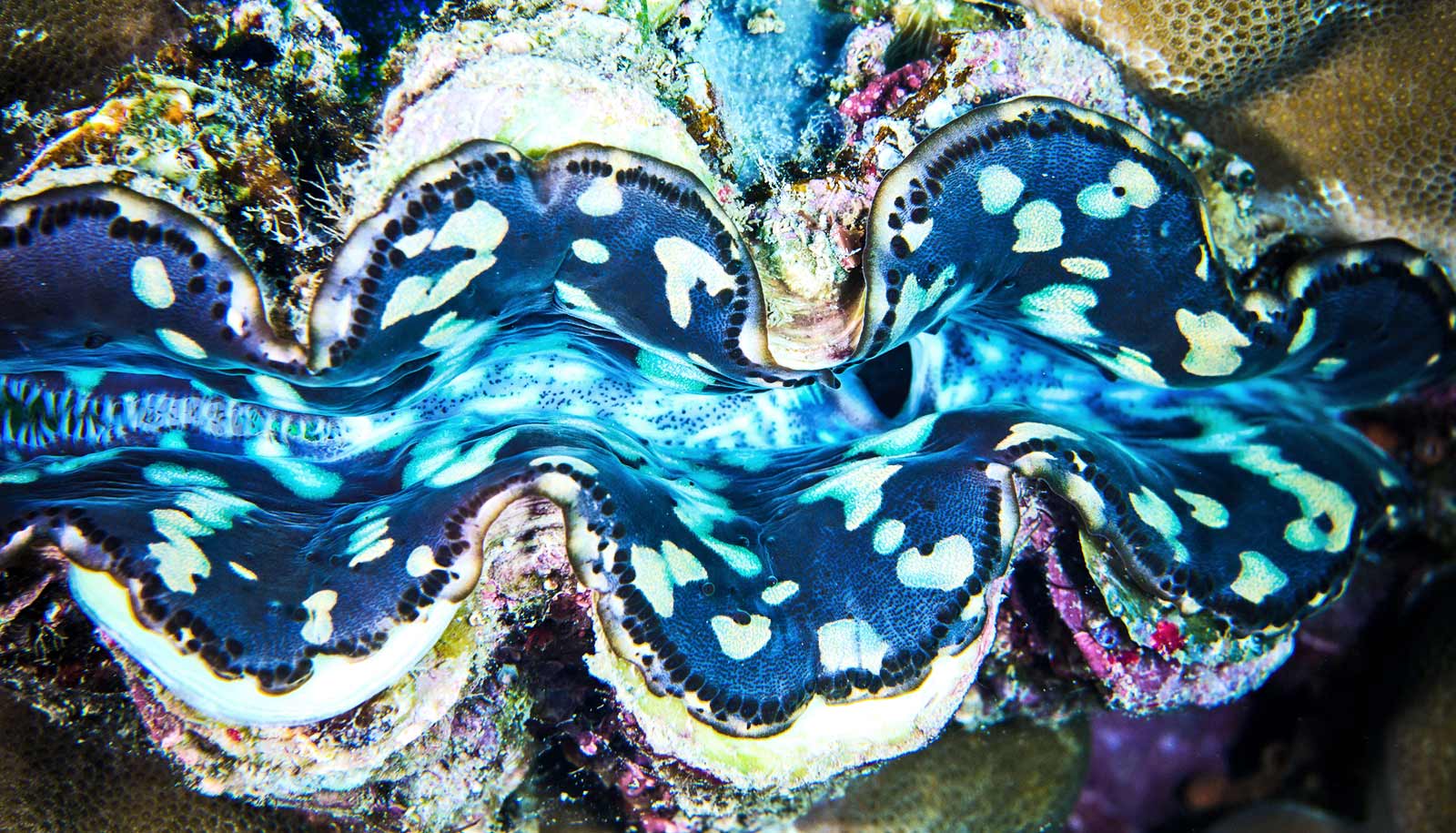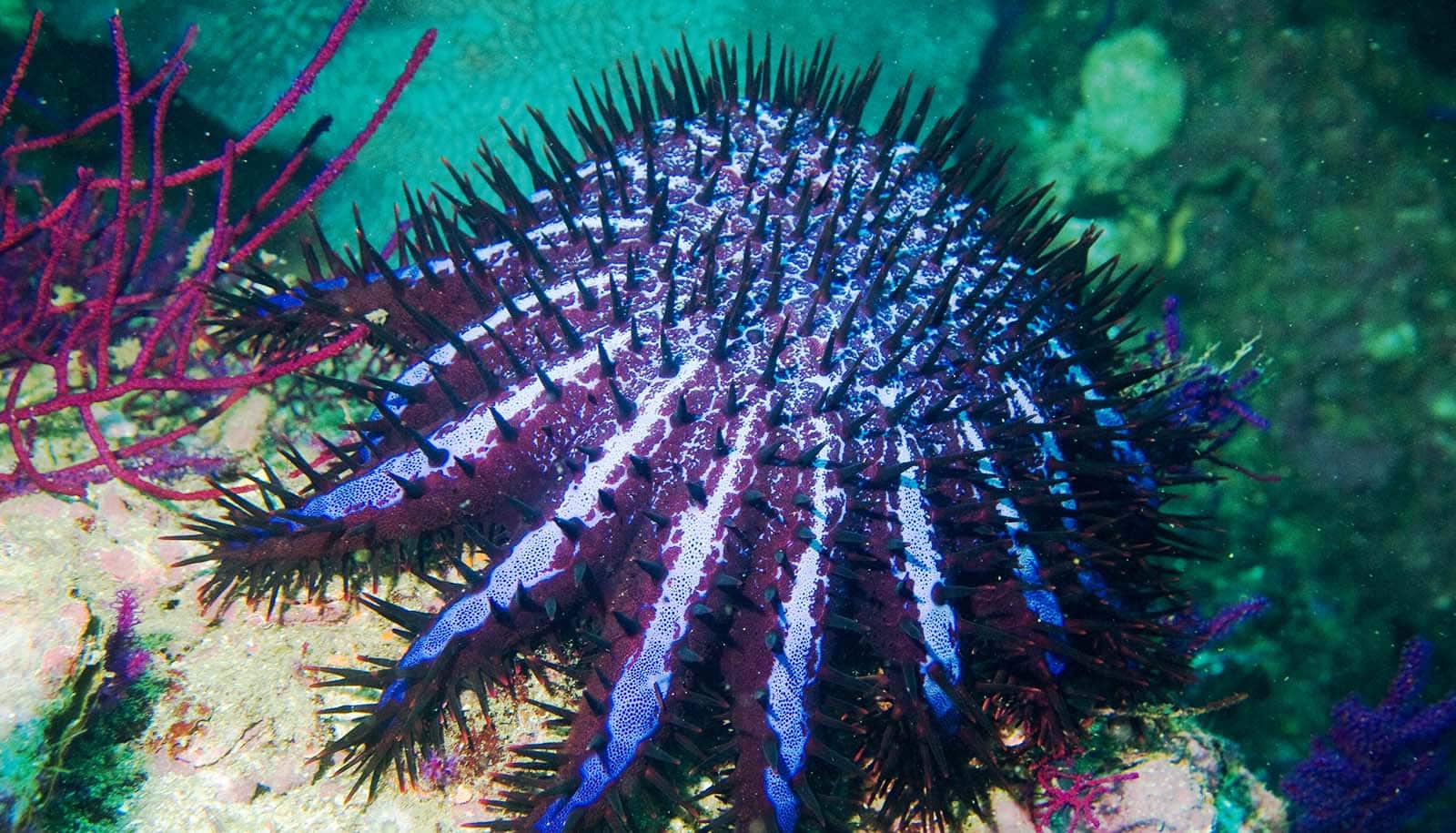Giant kelp forests keep growing year round, even when currents stop delivering nutrients. A new study shows invertebrate residents pick up the slack.
Giant kelp can grow up to 18 inches per day under ideal conditions. Sustaining these staggering growth rates requires a lot of nutrients, especially nitrogen. Upwelling brings nutrients from the deep sea to coastal ecosystems in Southern California, but this activity trails off each year beginning in May.
“There’s still nitrogen, but not enough to meet the demands of kelp,” says Joey Peters, a doctoral student in the ecology, evolution, and marine biology department at the University of California, Santa Barbara and lead author of the study in Global Change Biology.
As a result, the region’s reefs and kelp forests face a potential shortage of nitrogen just as the long summer days are poised to fuel algal growth.
However, previous studies showed that kelp continues to grow during these seasons at similar rates. Clearly the algae have enough nitrogen; scientists simply needed to discover its source.
At home in kelp forests
Researchers saw the local community of sea-bottom invertebrates as a likely suspect. These invertebrates account for the majority of the animal biomass in the kelp forest’s floor—up to 3 kilograms per square meter—and they’re much more likely to stay put than other animals, meaning they reside in the same area consistently.
“The question was, do invertebrates supply enough nitrogen to meet the demands of kelp during the summer months?” Peters says.
To get an answer, he measured how much nitrogen different invertebrates excrete through their waste. He collected animals, placed them in a container of filtered sea water, and then recorded the change in ammonium concentration after a given time. Peters looked at 14 species, including sea snails, limpets, lobsters, and sea stars, which collectively account for around 90 percent of the invertebrate biomass on reefs in kelp forests off Santa Barbara.
Invertebrates are an important part of the nitrogen cycle of coastal ecosystems, especially lobsters and sea stars, he says. That last bit came as quite a surprise, since those species account for only a small portion of the biomass in their community.
Sea stars are keystone predators, Peters says, meaning their presence has an outsized effect in shaping the ecosystem. But it seems they’re also keystone nutrient recyclers. The case is similar for lobsters.
This may have something to do with their diets, he says. Many invertebrates are herbivores, but lobsters and sea stars are predators and their protein-rich diet produces more ammonium and other nitrogen-rich compounds in their waste.
Peters’ results show that the waste from invertebrates is a consistent component of the mystery nitrogen, especially since these animals live on the reef year-round. Most of these nutrients remain near the seafloor, rather than finding their way up into the water column and into the kelp forest canopy. Since kelp take in most of their nutrients at the canopy level, there must be more going on.
Peters plans to investigate what other groups of animals might contribute to the mystery nitrogen, especially higher up in the water column. He did, however, establish this as a source of nitrogen lower down in the kelp forest, where it can sustain understory algae, young kelp, and phytoplankton.
The ‘Blob’
In 2013, an epidemic began wiping out sea star populations all along the West Coast. This sea star wasting disease was exacerbated in the following years by a warm water anomaly known as the Blob. Researchers saw a 99 percent decrease in the biomass of sea stars off the California coast, which brought nitrogen levels down by 80 percent, Peters says.
He used nearly two decades’ worth of Santa Barbara Coastal Long Term Ecological Research Project (SBC LTER) data to track the change. The project is part of a network of research projects that study long-term ecological phenomenon in a wide diversity of ecosystems. Researchers at the SBC LTER make routine measurements of basic conditions in the ecosystem for use in myriad different studies.
This meant that, unlike in previous studies, Peters was able to take the nutrient dynamics he measured and project them on to 18 years of actual data on species biomass, rather than merely use a simulation. “This is so rare,” he says. “In most studies you just don’t get 18 years of context.”
Lobster dens
Surprisingly, as sea star populations crashed, the number of spiny lobsters increased, and unlike sea stars, lobsters tend to congregate. The crustaceans hide away in dens during the day, which concentrates the nutrients from their waste. Peters wonders how the ecosystem will respond to this change.
He plans to measure how these nutrient hotspots around lobster dens influence ecosystem dynamics this summer. He’ll measure water chemistry, the growth rates of algae near the dens, and changes in the seafloor community. He’s curious whether the nutrients will drive greater algal growth around the dens, which could lead to more herbivores moving into the area.
This study reflects a resurgence of interest in bottom-up ecology, namely, effects that trickle up from animals lower on the food chain to the ecosystem as a whole, Peters says.
Scientists still have more work to do in order to track down all the nitrogen, but the new findings have begun to unravel the mystery and take the investigation in a new direction.
“It’s not all about what animals eat,” Peters says. “It’s also about the nutrients they provide to the system. And the nutrients coming out of these animals turn out to be really important.”
Additional coauthors are from the University of California, Santa Barbara.
Source: UC Santa Barbara


